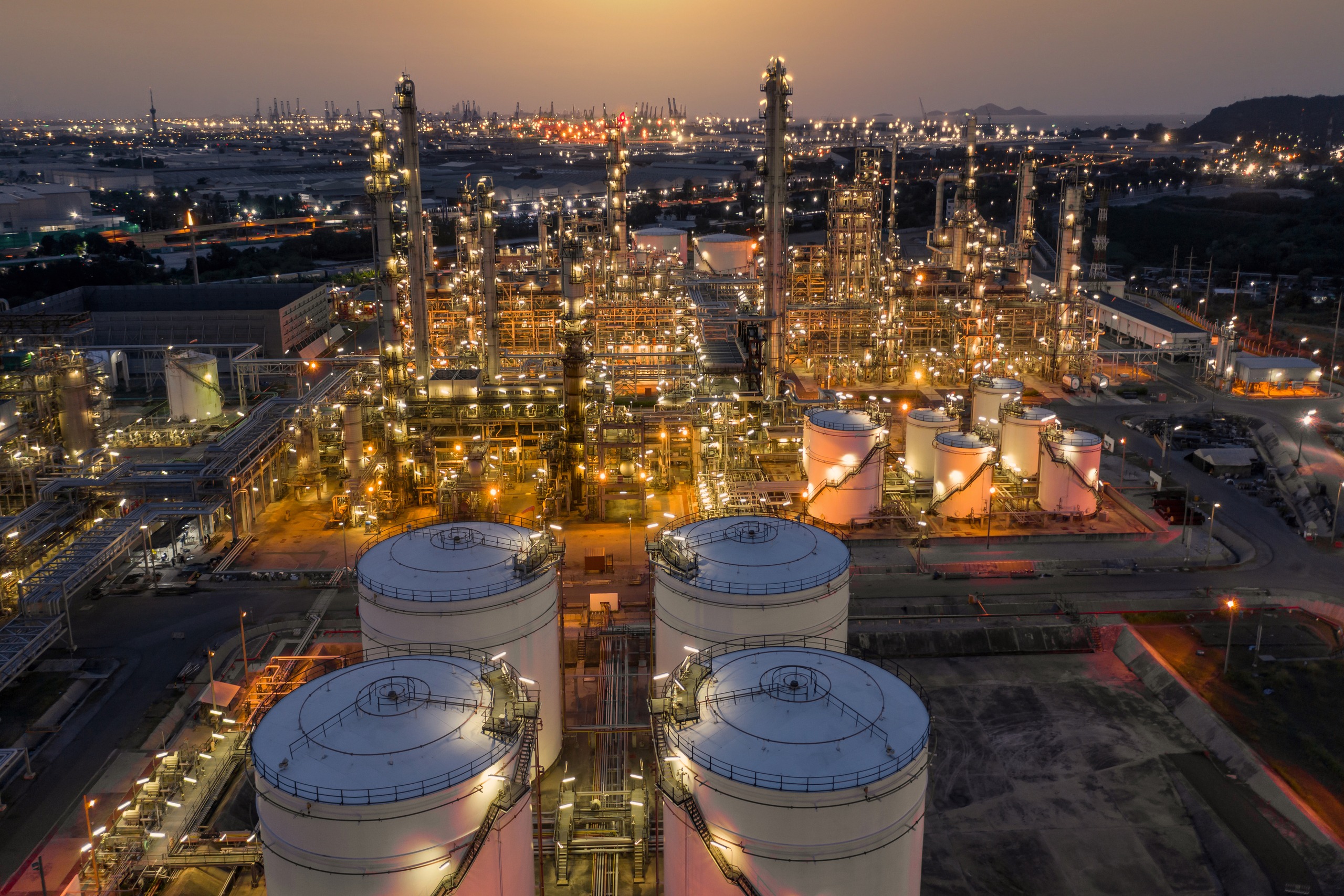Introduction
In today’s fast-paced business environment, maximizing the performance of industrial assets is critical. Asset Performance Management (APM) is the process of optimizing the performance, reliability, and safety of physical assets, such as machinery, equipment, and infrastructure. Effective APM can help businesses reduce downtime, improve efficiency, and increase profitability.
In this article, we’ll explore the importance of APM in today’s business environment and how it can help you stay ahead of the competition. From identifying potential issues before they become major problems to implementing proactive maintenance strategies, we’ll cover everything you need to know to get the most out of your assets. So whether you’re a small business owner or a corporate executive, read on to learn how APM can help you maximize your assets and take your business to the next level.
Understanding Asset Performance Management
Asset Performance Management (APM) is a comprehensive approach to optimizing the performance of physical assets. It involves the use of advanced analytics, data-driven decision-making, and proactive maintenance strategies to improve the reliability, availability, and safety of assets. APM is a critical component of any modern business strategy, as it helps organizations reduce downtime, increase efficiency, and improve profitability.
At its core, APM is all about maximizing the value of physical assets. By optimizing the performance of machines, equipment, and infrastructure, businesses can extend the life of their assets, reduce maintenance costs, and improve overall performance. APM is an ongoing process that involves continuous monitoring, analysis, and optimization of asset performance.

The Impact of Asset Performance on Business Success
The performance of physical assets has a significant impact on business success. Downtime, breakdowns, and other issues can cause delays, disrupt production, and reduce profitability. On the other hand, high-performing assets can help businesses increase efficiency, reduce costs, and improve customer satisfaction.
The key to maximizing asset performance is to identify potential issues before they become major problems. With APM, businesses can monitor asset performance in real-time, identify areas for improvement, and implement proactive maintenance strategies. This approach can help businesses avoid downtime and reduce the risk of costly breakdowns.
Common Challenges in Asset Performance Management
Despite the benefits of APM, many businesses struggle to implement it effectively. One of the most common challenges is a lack of visibility into asset performance. Without accurate and timely data, it can be difficult to identify potential issues and optimize asset performance.
Another challenge is a lack of resources. Many businesses don’t have the staff or digital maturity to implement APM effectively. This can lead to a lack of buy-in from employees, inadequate training, and limited adoption of APM tools and technologies.
Finally, many businesses struggle to integrate APM into their overall business strategy. APM requires a cultural shift towards data-driven decision-making, proactive maintenance, and continuous improvement. Without a clear vision and strategy, APM can become just another siloed initiative that fails to deliver results.
What differentiates APM from standard industrial software?
It’s all about integration, and that’s why things like human interactions and machine-to-machine communication are so important to understand how your assets perform on a daily basis.
In order to get the right balance of asset cost, availability, and risk management for your operations, you have to make sure you’re looking at all the pieces of a whole process, from production assets themselves to their maintenance practices, and not just a single piece at a time.
The main difference between APM software and software used by the industry is precisely APM’s capacity to integrate the different parts of the process and generate value through the integrated analysis between these parts and not only from the perspective of only one part of the whole.
Key Components of an Effective Asset Performance Management System
To implement APM effectively, businesses need to focus on key components, including:
1. Data Collection and Analysis
An effective APM system relies on accurate and timely data. Businesses need to collect data on asset performance, maintenance history, and other relevant factors. This data can then be analyzed to identify trends, patterns, and potential issues.
2. Condition Monitoring
Condition monitoring involves the use of sensors and other technologies to monitor asset performance in real-time. By monitoring key parameters such as temperature, vibration, and pressure, businesses can identify potential issues before they become major problems.
3. Predictive Maintenance
Predictive maintenance involves using data and analytics to predict when maintenance is needed. This approach can help businesses avoid downtime, reduce maintenance costs, and extend the life of assets.
4. Performance Optimization
Performance optimization involves using data and analytics to optimize asset performance. By identifying areas for improvement and implementing proactive maintenance strategies, businesses can improve efficiency, reduce costs, and increase profitability.
Choosing the Right Asset Performance Management Solution for Your Business
Choosing the right APM solution is essential to success. Businesses need to consider factors such as the size and complexity of their assets, the type of data they need to collect and analyze, and their overall business strategy.
To choose the right APM solution, businesses should consider working with a trusted partner that has experience in APM implementation. This partner can help businesses identify their needs, evaluate options, and implement a solution that meets their unique requirements.
Fill out the forms to understand Vidya’s approach to Asset Performance Management
Conclusion: The Future of Asset Performance Management
Asset Performance Management is a critical component of any modern business strategy. By optimizing the performance, reliability, and safety of physical assets, businesses can reduce downtime, improve efficiency, and increase profitability. With advances in technology, APM is becoming more accessible and affordable for businesses of all sizes. As businesses continue to adopt APM, they will need to focus on data-driven decision-making, proactive maintenance, and continuous improvement to maximize the value of their assets and stay ahead of the competition.
According to value reports The global Asset Performance Management (APM) market size is projected to reach USD 8315.3 Million by 2028, from USD 3691.9 Million in 2021, at a CAGR of 12.1% during 2022-2028.
Asset Performance Management has enabled industries to achieve higher levels of efficiency thanks to a better understanding of minimum risk factors throughout the whole proccess.



